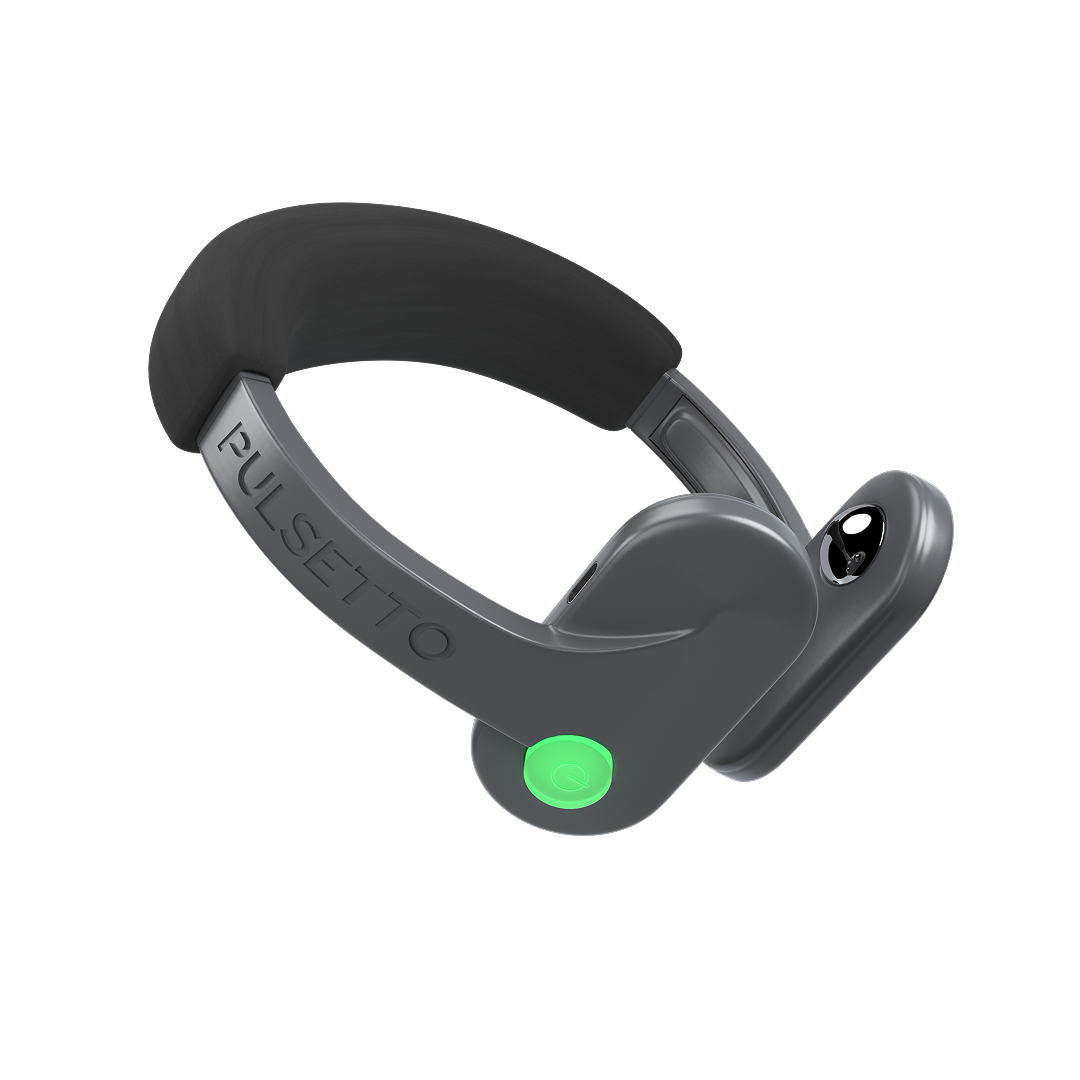Evaluating Non-Invasive Vagus Nerve Stimulation for Pain Management in Bechterew Disease: A Pilot Study
Vagus Nerve Sleep Quality Pain Relief
Table of contents:
Abstract:
Background:
Bechterew disease, also known as ankylosing spondylitis, is a chronic inflammatory condition affecting the spine and sacroiliac joints, causing pain, stiffness, and reduced mobility. This study aimed to explore the potential benefits of non-invasive vagus nerve stimulation (nVNS) for pain management in Bechterew disease patients. nVNS is a method that involves electrical stimulation of the vagus nerve through the skin, without the need for surgical implantation. Existing research suggests that nVNS may be effective in reducing pain and inflammation in various conditions.
Methods:
In this study, participants followed a clinical trial test protocol using the Pulsetto device for nVNS, with 20-minute sessions twice daily. The effectiveness of the treatment was assessed through a daily quiz addressing pain intensity, spinal stiffness, range of motion, sleep quality, and mood. Results demonstrated a significant improvement in joint pain, spinal stiffness, and sleep quality for a majority of participants, while also revealing an overall positive effect on well-being and mood.
Results:
This pilot study demonstrated promising results for the use of non-invasive vagus nerve stimulation in Bechterew disease patients, with signicant improvements in pain intensity, spinal stiffness, range of motion, sleep quality, and mood. The majority of patients reported decreased morning stiffness and increased spinal range of motion, which may contribute to better overall functioning and quality of life. The positive impact of nVNS on sleep quality and mood is particularly noteworthy, as sleep disturbances and mood disorders are common comorbidities in Bechterew disease patients. Improved sleep and mood may further contribute to better pain management and overall well-being.
Discussion:
Despite the encouraging ndings, several limitations should be acknowledged. The open-label design and the absence of a control group may have introduced bias, and the study relied on self-reported outcomes, which can be subjective. Additionally, the sample size was relatively small, and the study duration was limited to two weeks, which may not capture long-term effects or potential adverse events. Future research should employ randomised controlled trials with larger sample sizes and longer study durations to further investigate the effectiveness and safety of nVNS in Bechterew disease patients. Optimising stimulation parameters, assessing long-term effects, and exploring potential predictors of treatment response may help improve the application of nVNS for pain management in this population.
Table of contents:
Read more:
The use of non-invasive vagus nerve stimulation (Pulsetto™) as a post-exercise recovery strategy in male football players
Read StudyEvaluating the Efficacy of Bilateral Non-Invasive Vagus Nerve Stimulation in Reducing Migraine Symptoms: A Prospective Observational Study
Read StudyHave questions?
We’re here to answer! Contact us at: info@pulsetto.tech







